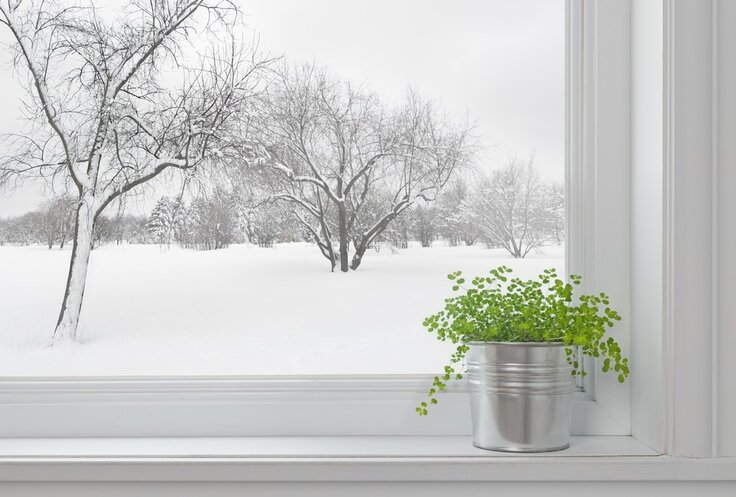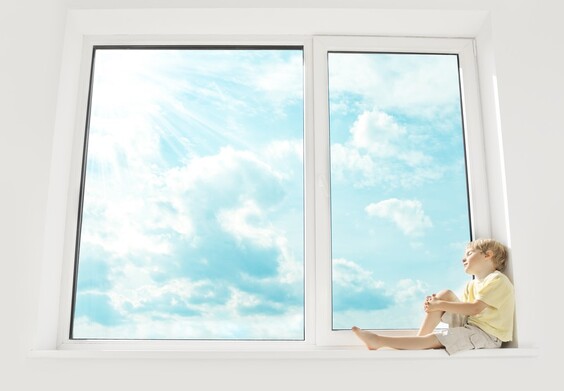Building the Home of Tomorrow, Today
Learn more about Charis Homes custom home building services, building products and processes!
|
Sign Up Today
Get The Latest Housing News & Trends Delivered Right To Your Inbox
|
|
Replacing your windows is a big step that can do a lot for your wallet. It may seem like an expensive investment, but upgrading to energy-efficient windows can power up your utility savings, reduce how much energy you use, and boost your home’s real estate value. At Home Improvement Leads, we know navigating window energy ratings can be confusing at first, so here’s a simple guide to get you started. U-Factor
If you’re looking for windows that help lock in heat during the winter, pay attention to the U-factor rating. This number is displayed on the label, and it indicates how well a window prevents heat loss. The lower the number, the more effective the window is at locking in heat. If you live in a colder climate, this is certainly a number you want to factor in when choosing your windows. Air Leakage Similarly, the air leakage number portrays how much outside air can seep into your home through your windows. The lower the number, the more effective the window is at keeping outside air, well, outside. This is great in southern and warm climates, where you don’t particularly want hot air to leak in. Solar Heat Gain Coefficient (SHGC) This value measures how much solar radiation a window allows to leak into the home. Keeping this number low in warmer clients will boost your A/C’s performance, so you won’t have to keep tapping the thermostat. If you live in a colder climate, however, opt for a slightly higher number to boost your heater’s efficiency. Visible Transmittance A certain amount of light pases through windows every day, which is what visible transmittance value measures. The higher the number, the more light that will flow in, and the brighter your room will be. It’s the opposite for lower numbers. Innovations in window technology have allowed visible transmittance and solar heat gain to stay separate. So, just because a window may let in a lot of light, doesn’t mean it also lets in heat. You can use VT numbers strategically when you want to create a lower light room or reduce glare. Condensation Resistance Condensation resistance values are optional ratings that may appear on energy labels. This number defines how well the product resists condensation, which is important to prevent damage from moisture buildup. Collected water can drip onto a wood frame and create mold or damage the color and material. It’s good to know this value, but it isn’t essential, since most ENERGY STAR-rated windows are effective at preventing water buildup. No matter what climate you live in, there’s a perfect window solution to guard you against bad weather, help you conserve energy, and over time, save money. For more information on reading energy labels, visit the National Fenestration Rating Council.
0 Comments
Your comment will be posted after it is approved.
Leave a Reply. |


